A Visit to Joshua Tree Post Government Shutdown

Words and photos by Meghan Walker
Nestled amongst the boulders in the heart of Joshua Tree, we watched as the sun crested over the outcrops of the smooth granite rocks, bringing life into Hidden Valley campground. Early risers were already scaling The Old Woman, one of the countless formations that dot the park’s otherworldly landscape. It's March. The rains have mostly subsided, as have the icy winds that kept many away during the earlier part of the month. Daylight savings has also ended, which means more sunlight, warmer weather, and of course, more visitors.

Watching the sun rise over Hidden Valley
It’s been two months since Joshua Tree went through the hellish government shutdown, which heavily damaged parts of the 800,000-acre park. The shutdown came at a particularly poor time for the park – the Christmas and New Year period are traditionally very busy times in Joshua Tree. Park Deputy Director David Smith estimates that they lost around $1 million in revenue in just two weeks. Along with the lost revenue, he says visitors were wreaking havoc on many parts of the park. Off-road vehicle use was rampant; Smith said they found off-road tracks in 100 different locations and over 24 miles of land. The worst of it was between Berdoo Canyon and Geology Tour loop – an archaeologist site was run over, with crushed pottery found at the site. Illegal camping was everywhere. Park rangers discovered 120 newly created campsites, with remnants of illegal fires that were fed by downed vegetation.

Downed trees near Ryan Campground
Trees – acacia, juniper, and pinyons – were cut down or trimmed for firewood. Even a Joshua tree was found knocked over, the result of off-roading in Ryan Campground, Smith told us. While furloughed park staff couldn’t do anything to enforce park rules, law enforcement patrolled the park during the shutdown, issuing over 100 citations. Park staff were back on duty two weeks into the shutdown, utilizing entrance fees to help pay salaries. They sent teams out to assess the damage and rake out tracks where off-road vehicle use tore up the roads and campsites. “What was nice was that we were in the middle of a rain event in Southern California,” Smith said. The rains helped mitigate the damage, washing away some of the more visible marks of vandals.

One of many road closures that we came across
“With no rangers to pick up trash and clean the toilets, the outhouses were overflowing,” he added. Park staff closed the campgrounds, and local outdoor groups stepped in to help out.
Dubbed the “toilet paper angels”, volunteers from the Friends of Joshua Tree nonprofit rushed in and organized cleanup crews. Now, two months since parks staff restored order, things seem to be getting back to normal. At first glance, the trees are still standing, the toilets are well-maintained, and visitors are back to following the rules.

Ryan Campground, Joshua Tree National Park
As climbers and hikers, we spent nearly two weeks traversing the park from north to south. We walked the Flintstones-esque Real Hidden Valley loop countless times, scrambling atop boulders and scaling as many granite towers as daylight would allow. We travelled to the southern end of the park to hike the Mastodon Peak Trail, which starts at the lush Cottonwood Spring Oasis and meanders through an old mining site.

Taking in the view from Mastodon Peak
The vegetation in Joshua Tree is seemingly self-segregated; when travelling north to south, the Joshua trees disappear, as cholla cactus take over the landscape. Where the cholla ends, the ocotillo start. The different plant communities are a result of latitude, specific soil characteristics, and elevation. We stopped at the Cholla Cactus Garden at sundown, where chollas of all sizes line the short nature loop just next to the roadway.

The Cholla Cactus Garden, Joshua Tree National Park
As first-time visitors to Joshua Tree, we were thankful that the surface vandalism was remedied by the time we arrived. However, remnants of the damage are subtle, but still present. Curt Sauer, a former park superintendent, told Business Insider he believes that some of the environmental damage could last for centuries. Indeed, some of the downed juniper trees were 100 years-old – Joshua trees can be as old as 300. "What's happened to our park in the last 34 days is irreparable for the next 200 to 300 years," he said. Despite the long term damage and environmental losses, the best story of all, Smith told us, was the local cleanup effort. “Everyday there were 10 to 100 people that were cleaning up toilets and campsites throughout the park – all things that would typically be done by rangers.”

Strolling through Hidden Valley Loop






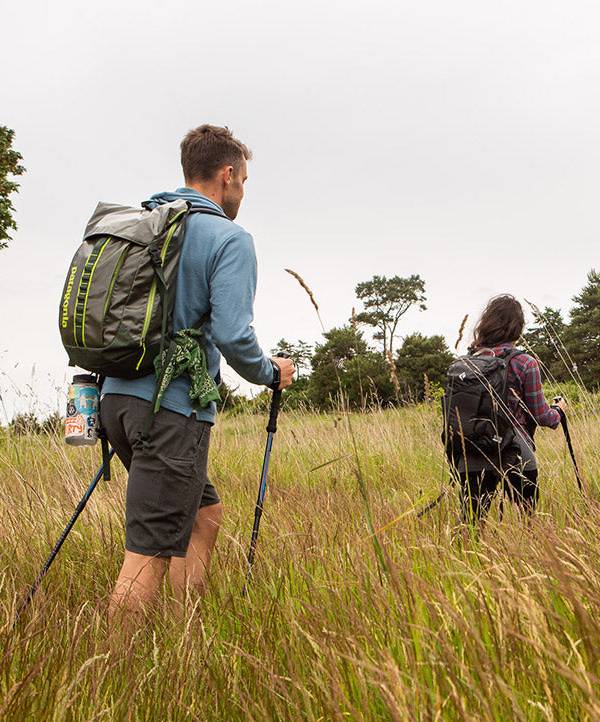




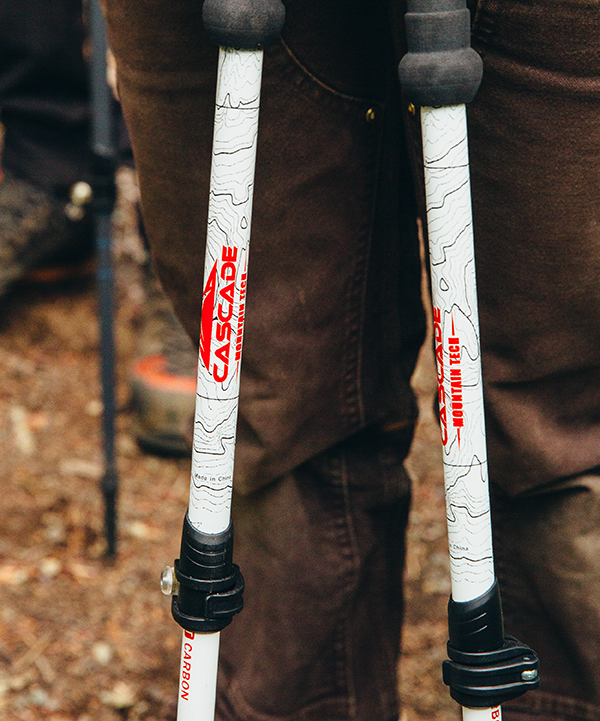








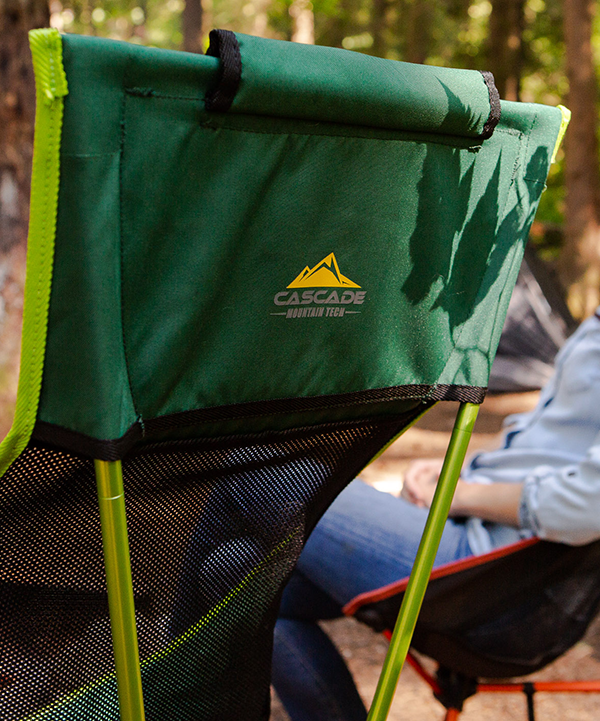


















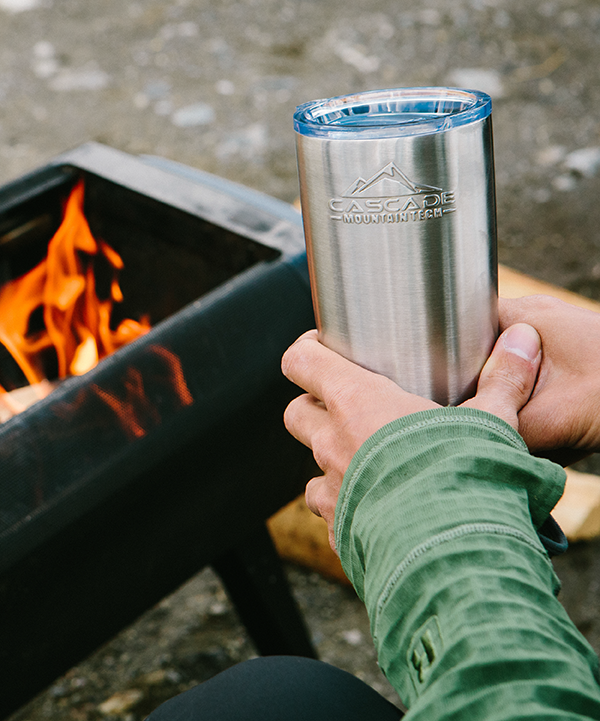






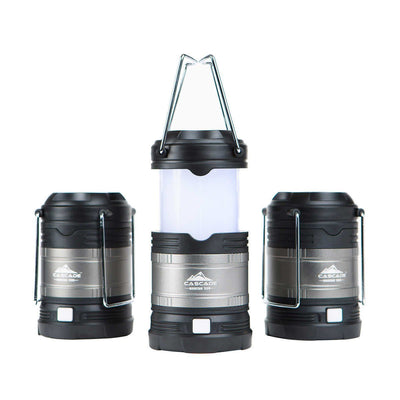

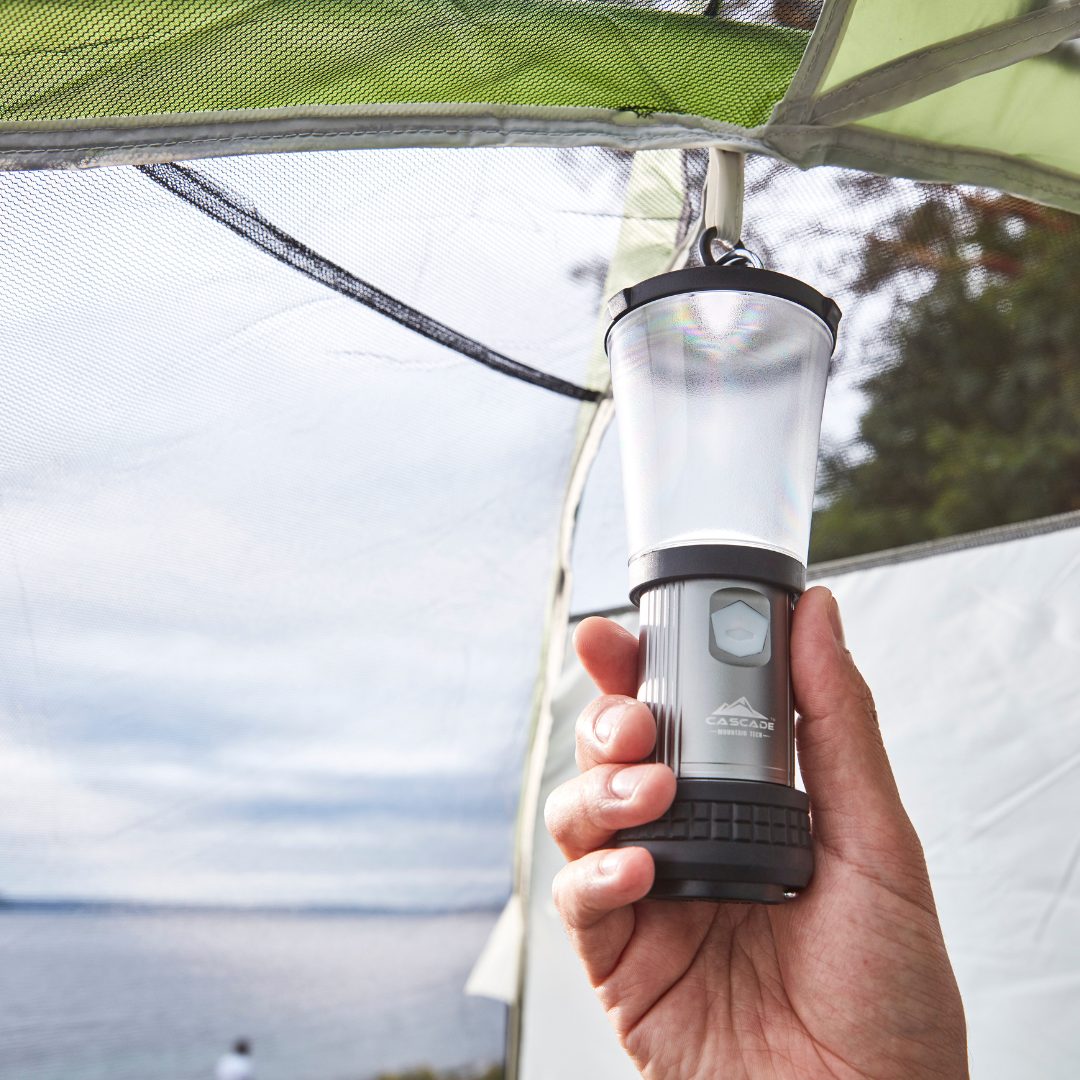

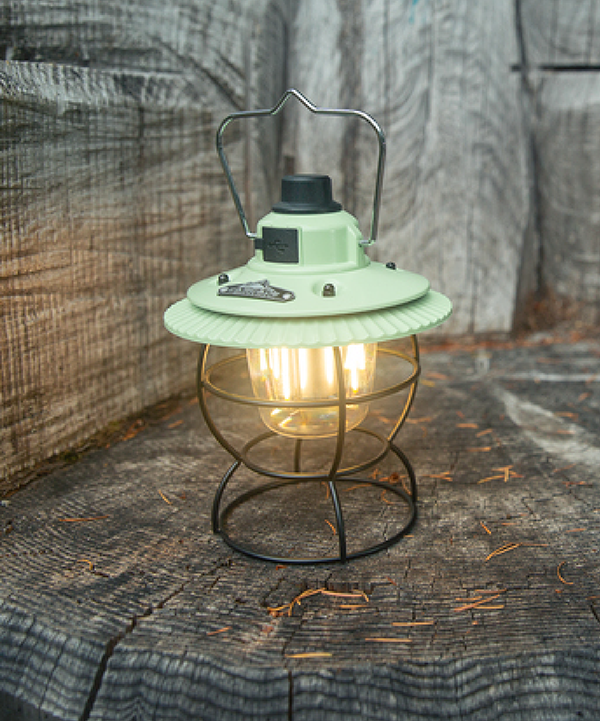



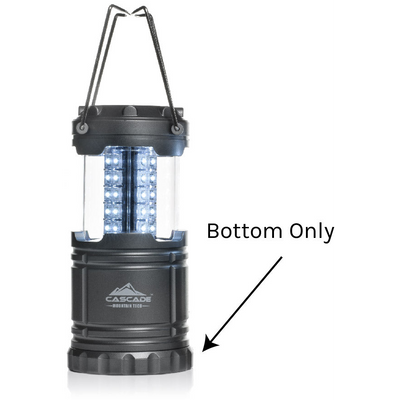
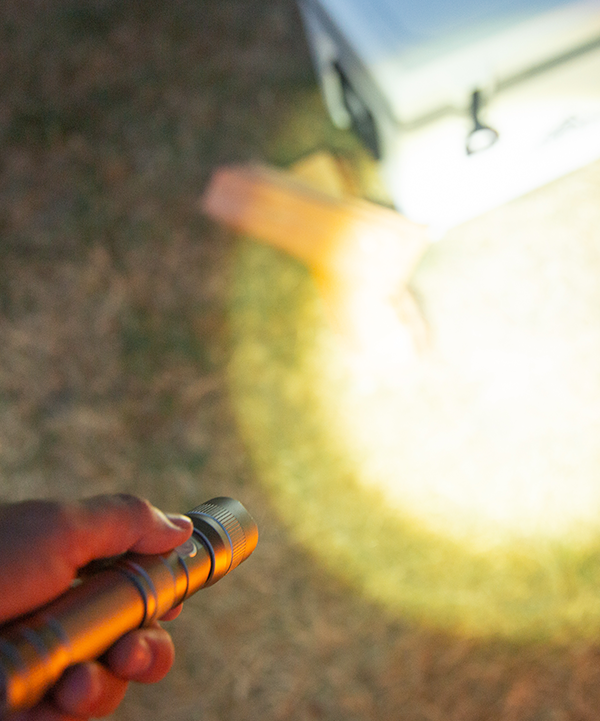


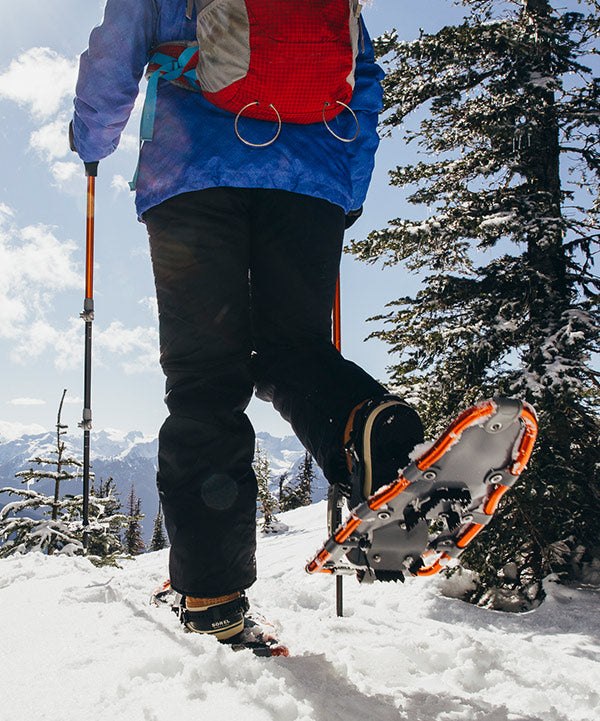








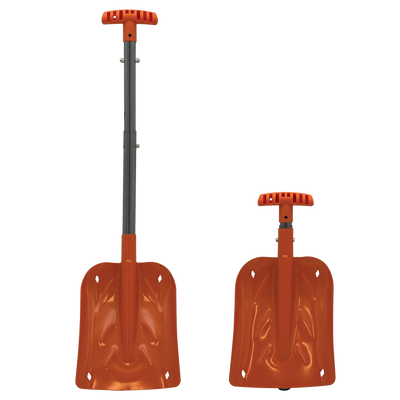

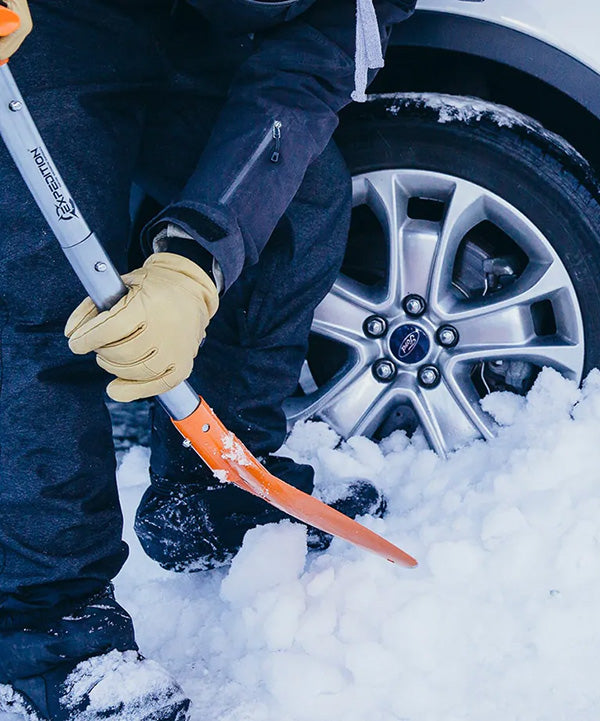














While it is easy to place blame on the shutdown, this speaks more to the individuals that suddenly took over the park in that short period of time. Volunteers are always the ones who come when any disaster occurs.
I personally have seen the disrespect of many of our national treasures even here in the South. Many nice parks are now trash sites where people today just leave refuse everywhere. I have seen this decline for several years. I do not believe a shutdown caused all the issues and the real blame is on those who just do not care about the beauty many are desperately trying to save.
David Smith is the Park Superintendent. He was furloughed also during the shutdown as were the NPS volunteers, such as myself, who were not allowed to be in the park. It was normal practice for the NPS to shutter parks during government shutdowns until the last two. The Department of the Interior made the political decision to open as many NPS sites as possible to reduce negative reactions to the shutdown.
The majority of visitors treated park facilities reasonably and responsibly. But there is an element that just cannot wait for the anarchy that they think exists when only a few law enforcement rangers are on duty. It is a sad commentary. However, many of these same problems occur during the time the park is fully operational. Everyone can help by following the well-thought out rules and understanding that the rules apply to everyone.
While it is easy to place blame on the shutdown, this speaks more to the individuals that suddenly took over the park in that short period of time. Volunteers are always the ones who come when any disaster occurs.
I personally have seen the disrespect of many of our national treasures even here in the South. Many nice parks are now trash sites where people today just leave refuse everywhere. I have seen this decline for several years. I do not believe a shutdown caused all the issues and the real blame is on those who just do not care about the beauty many are desperately trying to save.
David Smith is the Park Superintendent. He was furloughed also during the shutdown as were the NPS volunteers, such as myself, who were not allowed to be in the park. It was normal practice for the NPS to shutter parks during government shutdowns until the last two. The Department of the Interior made the political decision to open as many NPS sites as possible to reduce negative reactions to the shutdown.
The majority of visitors treated park facilities reasonably and responsibly. But there is an element that just cannot wait for the anarchy that they think exists when only a few law enforcement rangers are on duty. It is a sad commentary. However, many of these same problems occur during the time the park is fully operational. Everyone can help by following the well-thought out rules and understanding that the rules apply to everyone.
Leave a comment